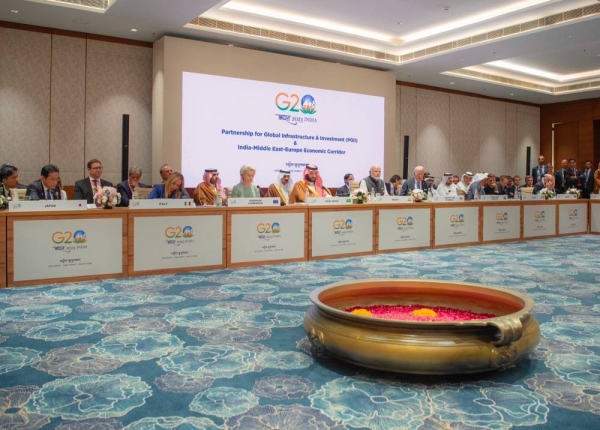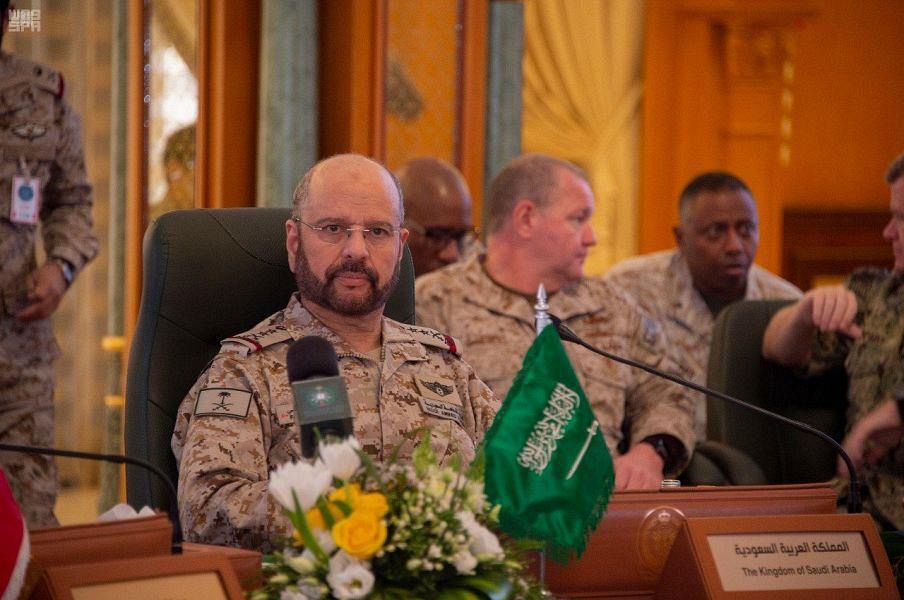
Donald Trump is visiting his “good friend “and golf buddy Shinzo Abe in Japan. While his words on trade were tough at the beginning of the visit, he made some concessions on the timing and sequencing of the negotiations during Monday afternoon’s joint press conference of the two leaders.
The US will give Japan an extension and only conclude the negotiations after Japan’s Upper House elections. This is a huge concession, because Trump wants greater access to Japan for agricultural goods such as US beef. Agriculture is important to both the president and the prime minister. Abe’s ruling Liberal Democratic Party depends heavily on the rural farm vote; hence the grace period during the election campaign is more than welcome. Trump, too, needs to court his farmers as they are suffering from the fallout of the ill-fated US China trade negotiations.
There is the matter of Japanese car imports to the US as well. Abe would like to see the 2.5 percent tariffs scrapped. He can afford to be more lenient because most of the Japanese cars on America’s streets are produced in-country.
The US and Japan are the world’s biggest and third-largest economies. Still these negotiations are a side show compared with the continuing talks between China and the US. The negotiations are going nowhere.
Trump has increased tariffs on $200 billion of Chinese imports to 25 percent and threatened the same level of tariffs on the remaining $300 billion of imports. This hit China badly. It also hit the US; the tech sector is particularly affected. The Huawei ban means that Intel Qualcomm and Broadcom will lose one of their most important clients once the three months’ grace period has expired. Apple assembles many of its iPhones in China.
The tech sector on both sides of the Pacific needs to fundamentally reconfigure its supply chain. Alas, the US does not hold all the cards. The chip industry relies on rare earths as major raw materials. When it comes to gallium, germanium indium, etc., China controls about 90 percent of its deposits as well as the refining capacity. This is a strong card, should China choose to play it.As mentioned above, the US China trade war also hit US farmers, who now export less to China. On top of that it will affect US consumers via higher inflation. Indeed, clothing manufacturers have issued a stark warning to the White House.
It is not just the spats between the US and Asia that should worry us. The US Mexico Canada Trade Agreement (USMCA), while signed in November, has still not been ratified. Then there is also Europe, where Trump has threatened to slap tariffs on European car imports. That would hit Germany particularly hard, but would also affect France and Italy, particularly in light of the merger talks between Fiat/Chrysler and Renault, which — if successful — will create the world’s largest car manufacturer.
There is a lot to be concerned about when it comes to trade. No one sees this more than the World Trade Organization (WTO) and its Director-General Roberto Azevedo. In April, the WTO released its economic growth figures for 2018 and its forecasts for 2019. According to the organization the global economy grew by 3 percent in 2018, a far cry from the 3.9 percent the IMF predicted in January 2018. The WTO forecast for 2019 stands at 2.9 percent.
In other words, the whole world is affected by global trade woes. There are four ways in which GCC countries feel trade tensions and lower growth.
First, trade and integrated supply chains are important to demand for petroleum, which is the premier transportation fuel. Less trade means less demand for oil, which will hit GCC producers such as Saudi Arabia, UAE and Kuwait.
Second, the region’s sovereign wealth funds and individuals are heavily invested in global capital markets. They feel the impact when stock markets plunge due to trade woes, and when the share-price investees such as Intel, Qualcomm or Apple lose double digits in their value overnight.
Third, most of the GCC economies have ambitious plans to diversify their economies away from oil. These include manufacturing — none more so than Saudi Vision 2030. These plans depend on an open trading system for their successful implementation.
Fourth, several of the GCC countries have signed up to Beijing’s ambitious Belt and Road plan. The initiative wants to bring back to life the trading routes of the ancient Silk Road. Oman and the UAE, especially, contribute to and benefit from the scheme both as logistics — and manufacturing — hubs.
In other words, developments in trade matter to the global economy and to all countries — especially if they are as integrated into the global system as the larger GCC economies.






